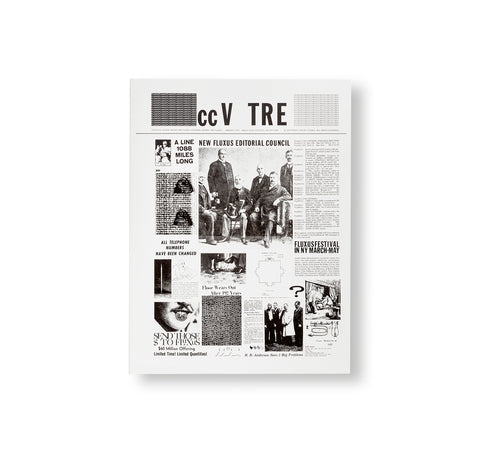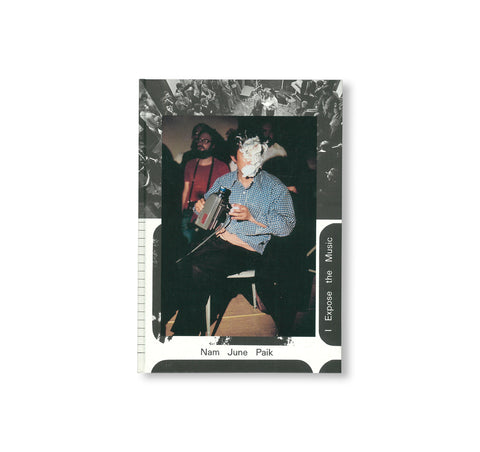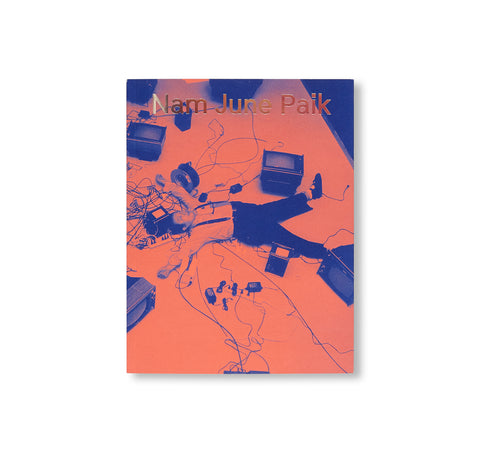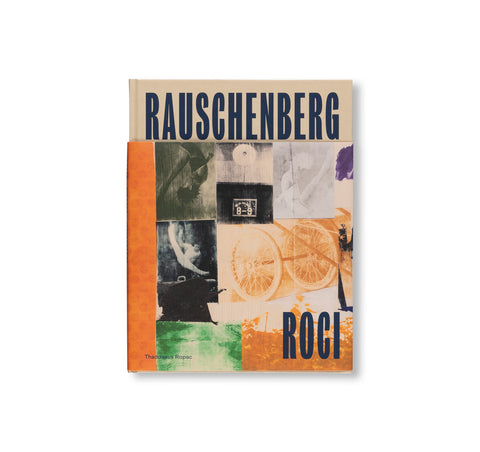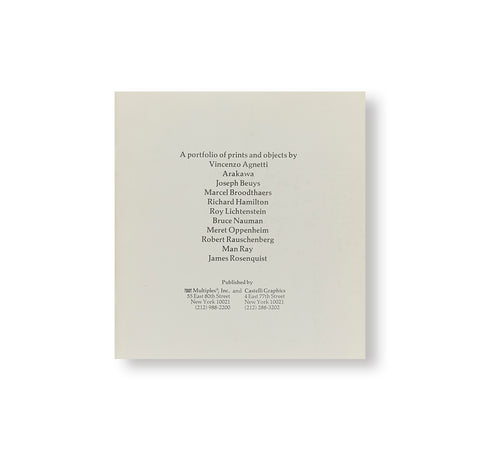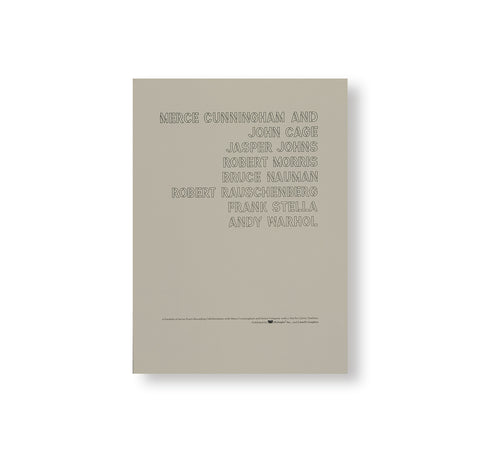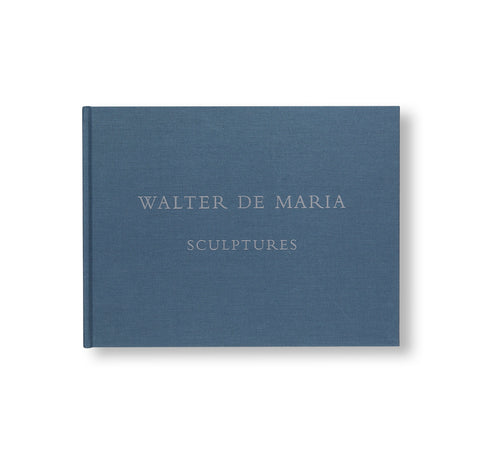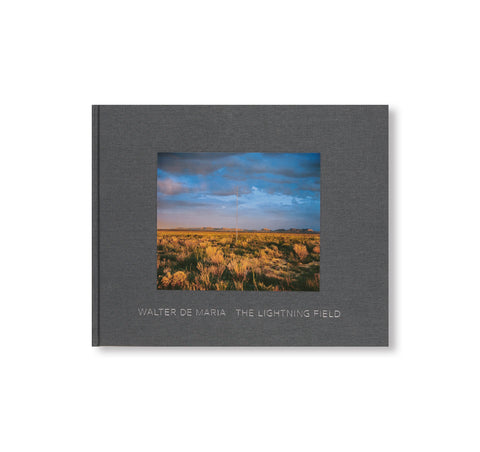LINES OF RESOLUTION: DRAWING AT THE ADVENT OF TELEVISION AND VIDEO
本書は、1950年代後半から1980年代にかけての美術における、ドローイングとテレビ/映像の関係を探る。
具体的な焦点は、「スモールスクリーン」つまり家庭用テレビ受像機や初期の携帯型ビデオカメラのためにつくられた美術とドローイングの関係に当てられている。「ネットワーク時代」と呼ばれるこの時期、テレビは家庭における強力な文化装置として頂点を迎え、政治的異議申し立てや芸術的実験の芽を宿す役割も果たした。ロバート・ラウシェンバーグ(Robert Rauschenberg)の紙作品にはテレビ映像のイメージが浸透し、ウォルター・デ・マリア(Walter De Maria)の作品実践にとっては重要な主題となった。アンナ・ベラ・ガイガー(Anna Bella Geiger)やデニス・オッペンハイム(Dennis Oppenheim)は、ビデオで〈描く行為〉そのものを記録し、ナム・ジュン・パイク(Nam June Paik)やハワーディーナ・ピンデル(Howardena Pindell)は、スクリーンを記述の場として扱った。
11か国から25人超による作品図版、ドローイングとスモールスクリーンの意外な関係を照らし出すテキストが掲載されている。あわせて、アーティスト略歴やクローズアップ図版も収め、スクリーン上のテレビ技術の質感と、紙上に引かれた線の質感の双方を示している。
Lines of Resolution: Drawing at the Advent of Television and Video explores the relationship between drawing, television, and video in the art of the late 1950s to the 1980s. The book foregrounds the relationship between drawing and art made for the “small screen”—the domestic television set and early portable video cameras. During the period known as the “network era,” television reached its apex as a cultural force in the home, including seeding acts of political dissent and artistic experimentation. Televisual imagery permeated works on paper by Robert Rauschenberg and were an important subject for Walter De Maria; artists such as Anna Bella Geiger and Dennis Oppenheim used video to record the act of drawing; others, including Nam June Paik and Howardena Pindell, treated the screen as a site of inscription.
The catalogue features more than 25 artists from 11 countries and texts that highlight the surprising relationships between drawing and the small screen. Lines of Resolution also includes artist biographies and close-up details that display both the textures of televisual technologies on screen and the drawn line on paper.

















